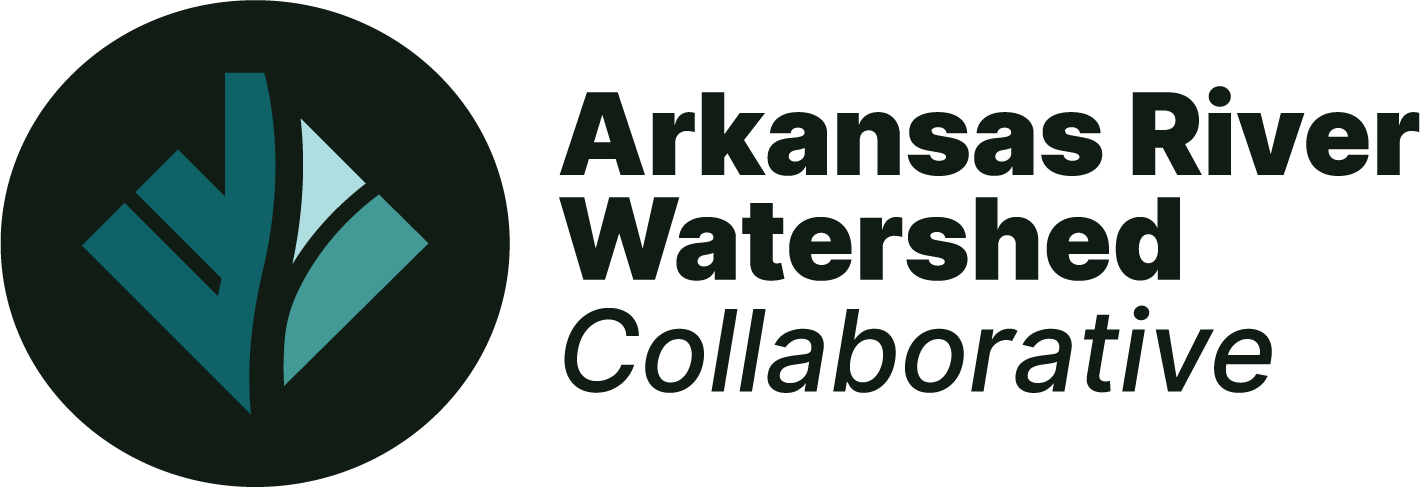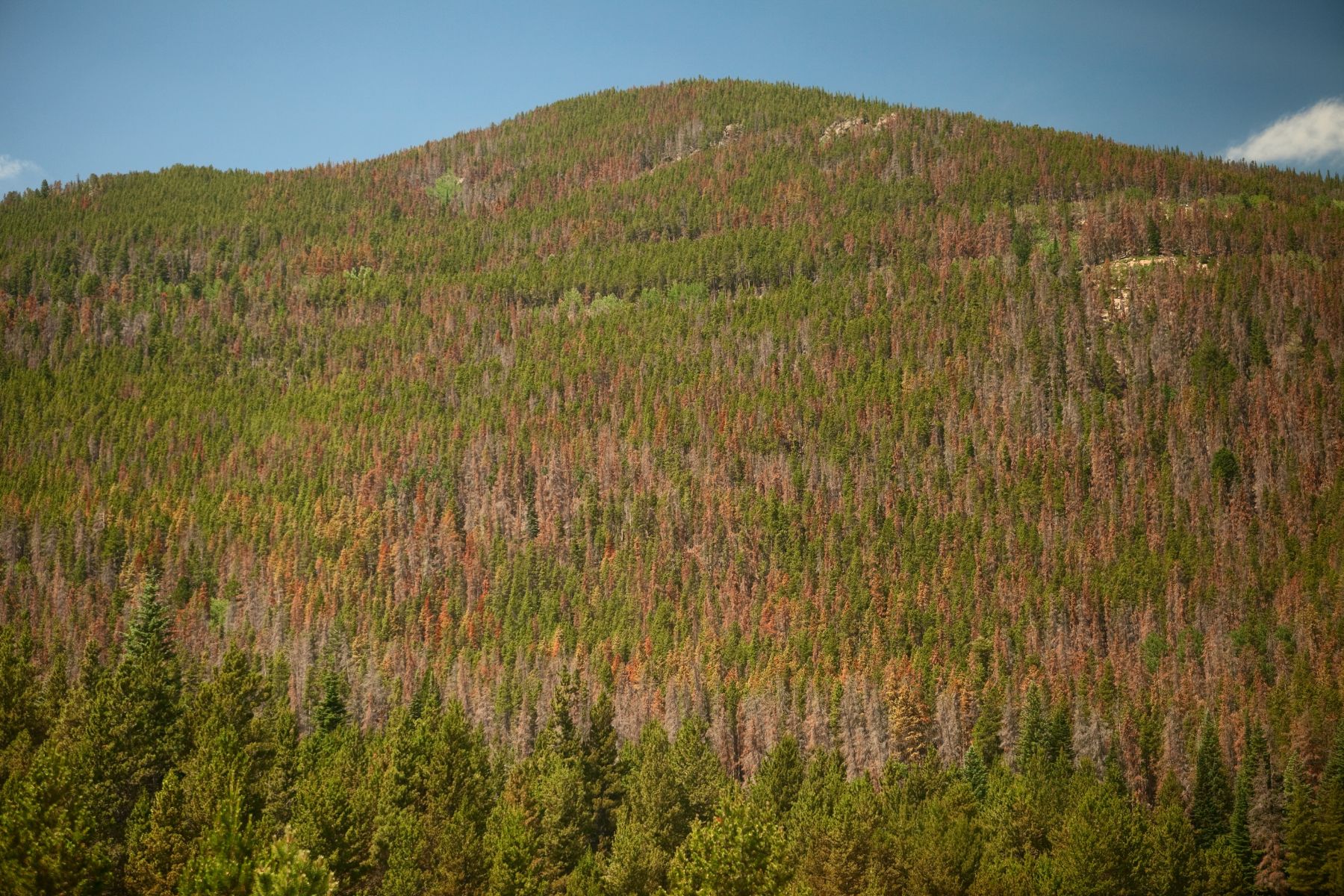Lake County recognizes the severe impacts of wildfires and has updated its approach through the Community Wildfire Protection Planning (CWPP) process. This new CWPP uses a data-driven strategy to prioritize areas for fuel treatment and forest health initiatives. Over the past two decades, especially during the 2020 fire season, wildfires have shown their widespread effects on ecosystems, including fish, wildlife, water quality, and human interests. These impacts often lead to post-fire issues like flooding, ash flows, and debris events, threatening both agricultural and municipal water supplies. In addition to sediment and ash, there’s a risk of undoing years of remedial work on historic mines by agencies like DRMS and CDPHE. The proposed projects aim to reduce wildfire impacts, improve forest diversity, and enhance habitats for many species.
The Challenge
Lake County’s picturesque landscapes conceal a growing wildfire risk, exacerbated by climate change, beetle infestations, and a history of fire suppression. The updated Community Wildfire Protection Plan (CWPP) highlights heightened dangers, especially in Spruce-Fir and Lodgepole Pine forests. Wildfires not only threaten forests, homes, and recreational areas but also risk exposing waste from the county’s extensive mining history. Post-fire flooding could release harmful remnants into waterways, particularly the Arkansas River, potentially undoing years of remediation work. Decades of forest mismanagement, combined with dying trees and past mining activities, have left our forests and communities vulnerable.
Our Strategy
To address these challenges, ARWC, in partnership with Lake County, the USFS, and private landowners, is launching a project to treat 500 acres of forest lands. Following the guidance of the CWPP, the project will focus on strategic landscapes to maximize the impact of forest health treatments. Modeling from the Colorado Forest Restoration Initiative suggests that treating just 2% to 8% of high-priority areas could reduce wildfire risks to key community assets by 20% to 50%. These targeted efforts aim to create a more resilient watershed, restore forest health, and protect the region’s long-term well-being.

